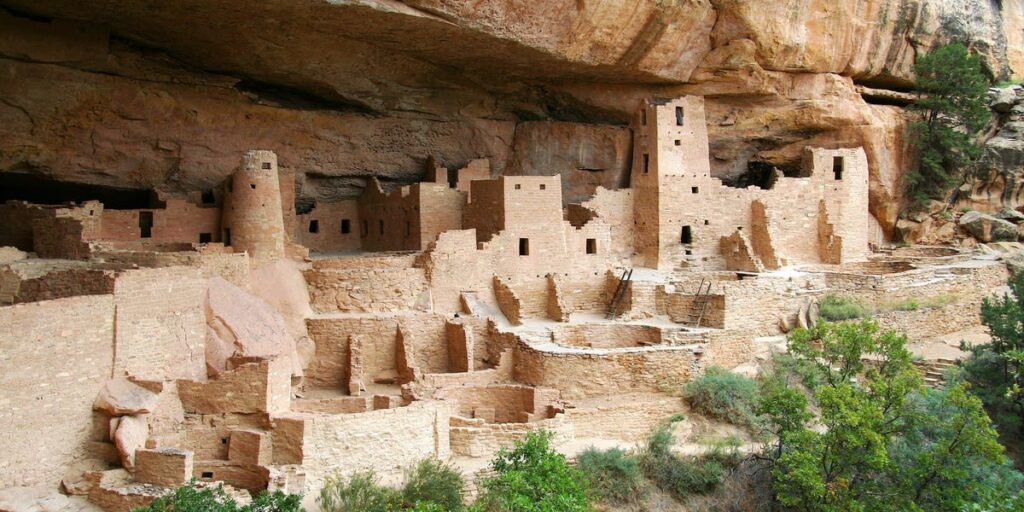In the 1970s, archaeologist James M. Adovasio sparked a controversy when he and his colleagues suggested stone tools and other artifacts found in southwestern Pennsylvania belonged to humans who had lived in the area 16,000 years ago.
For decades, scientists had been finding evidence of human habitation that all seemed to be around 12,000 to 13,000 years old, belonging to the Clovis culture. They were long believed to have been the first to cross the Bering land bridge. Humans who arrived in North America before this group are often referred to as pre-Clovis.
At the time, skeptics said that the radiocarbon dating evidence was flawed, AP News reported in 2016. In the years since, more sites that appear older than 13,000 years have been found across the US.
Feder said Adovasio meticulously excavated the site, but there’s still no clear consensus about the age of the oldest artifacts. Still, he said, “that site is absolutely a major, important, significant site.” It helped archaeologists realize humans started arriving on the continent before the Clovis people.
The dig itself is on display at the Heinz History Center, allowing visitors to see an excavation in person.
Read the full article here


